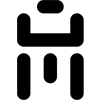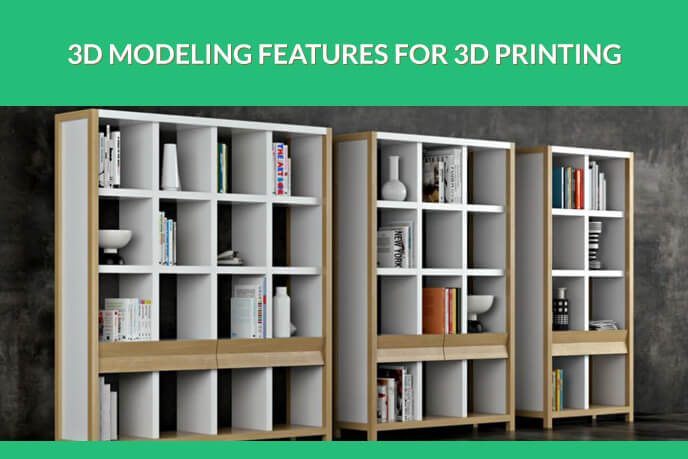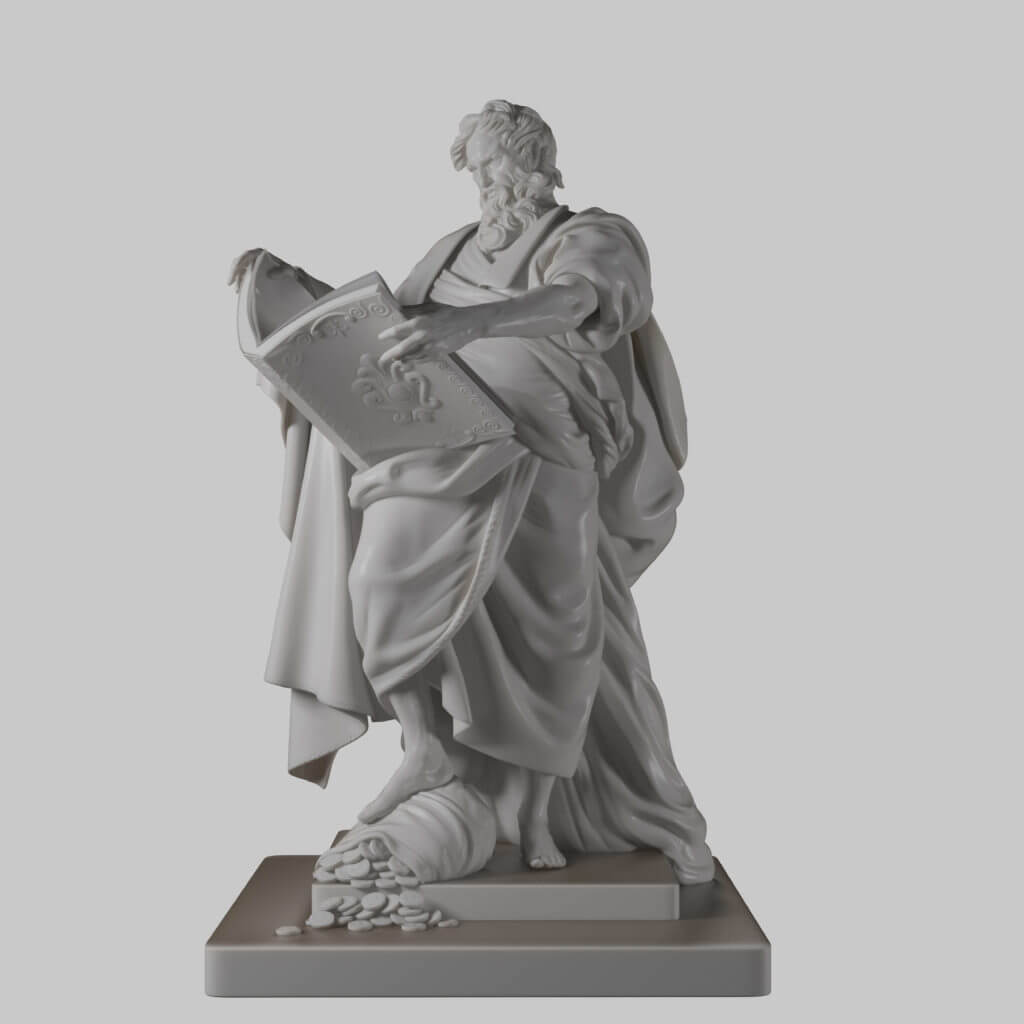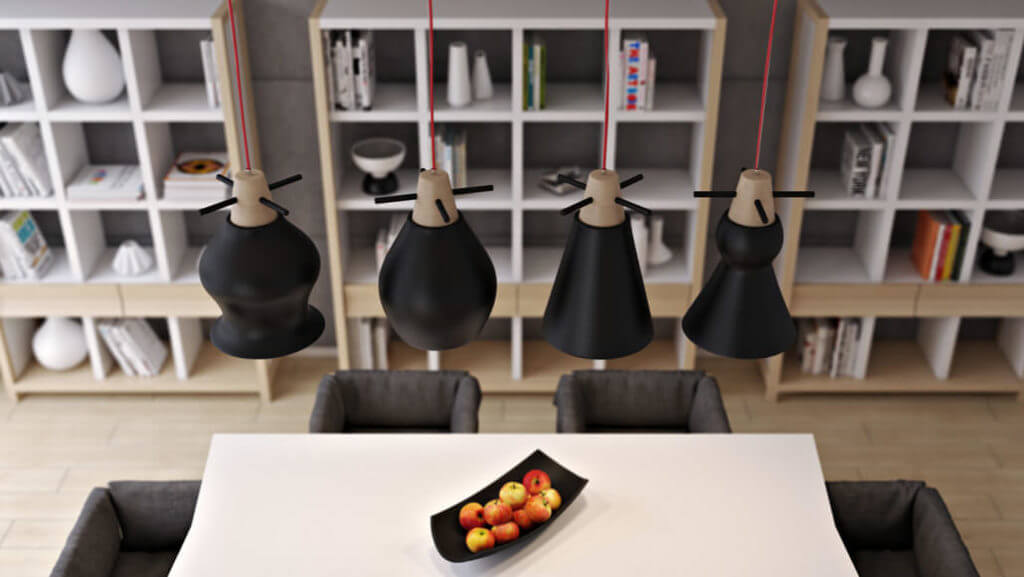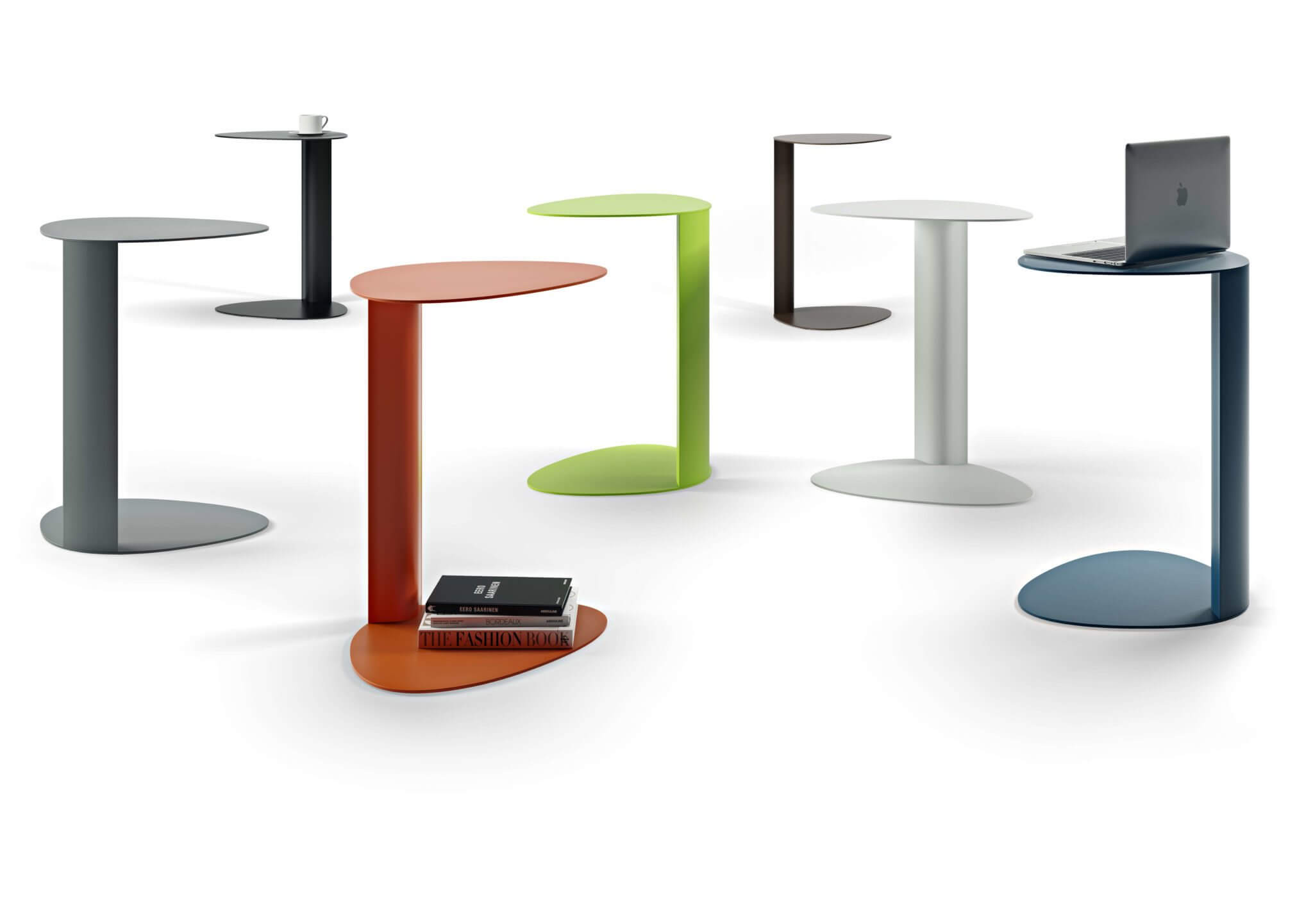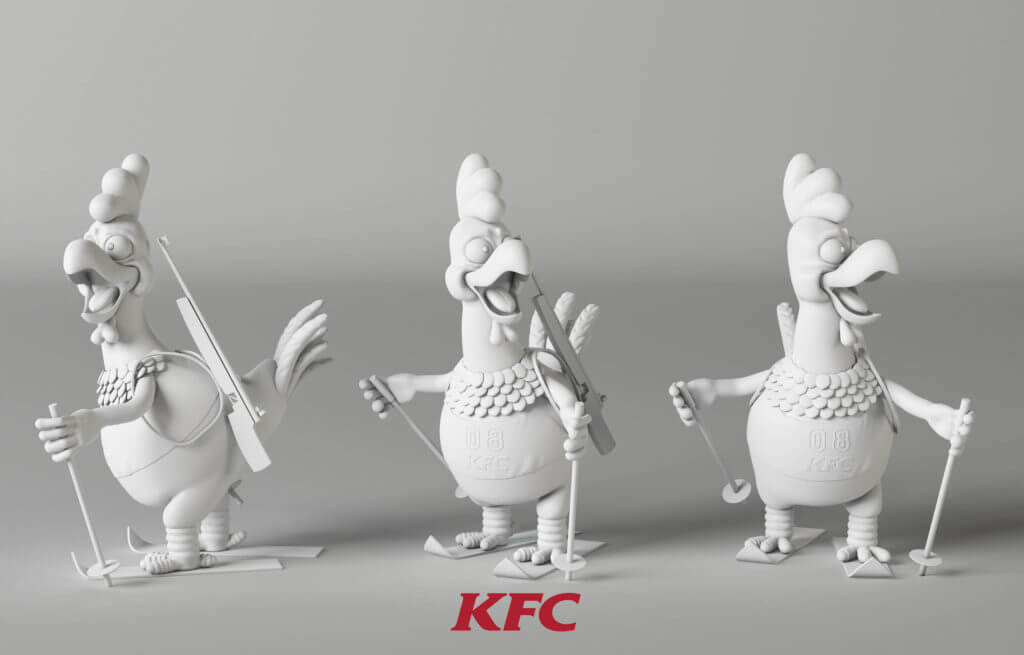3D MODELING FOR 3D PRINTING: 5 MAIN FEATURES EVERYONE MUST KNOW
3D modeling for 3D printing is becoming increasingly important in a whole range of industries, as well as for scientific purposes. Small models, machine parts, furniture, clothes, food, medicines, and even living human organs now can be 3D printed! The times are truly changing, and as a company specialized in 3D modeling and rendering we are privileged to take an active part in this process. So to take part in this process and benefit from it, it’s vital to be aware of the key things – like how 3D models for printing are made, who needs them and why everyone is so excited about them. So join us as we discover more about this state-of-the-art technology!
Software Used for 3D Modeling for 3D Printing
There isn’t such thing as the best program for 3D modeling for 3D printing. The choice depends on the final goals and the necessary set of functions, which is similar only on a basic level. There are two types of software: the programs allowing to create 3D models completely ready for 3D printing, and programs designed to work with 3D models that need further processing before printing. For example, all seams should be glued together and the model should be a one-piece mesh. Here are some examples of the most used program types.
Software for Ready-for-Printing 3D Models
Blender is an open-source project that is constantly being developed by its user’s community. Includes tools for 3D modeling, animation, rendering, post-processing, as well as creating interactive games. Initially cluttered and complicated, the menu can be customized by the user.
TinkerCAD is a program for simple solid modeling. This 3D modeling software for printing allows a 3D Artist to create different models using so-called generators and supports all existing 3D printers that use standard STL files.
MeshMixer is a multifunctional program for creating 3D objects with features like drag-and-drop mesh mixing, 3D sculpting and surface stamping, conversion to solids, 3D patterns and more. It is a “swiss knife” for those using 3D printing technology although it does not allow to create 3D models. Anyway, there’s always a possibility to have 3D models for printing made by professionals.
Software for Getting Semi-ready 3D models
3DS Max is a powerful instrument for creating 3D models, animations, and digital images. It has a programming ability and its own programming language called maxscript. It’s a great tool but it requires a powerful computer to work with it.
Maya allows going through all the stages of creating 3D – from modeling and animation to texturing, compositing and layer-by-layer rendering.
Zbrush is an ideal tool for detailed 3D modeling for 3D printing work with a system of customizable brushes. It is the most advanced sculpting tool that allows a 3D Artist to work with a digital ball of clay, shaping it as by hand.
3D Modeling Techniques
So, how to design 3D models for printing? There are two major types of techniques. The first one is NURBS – Non-Uniform Rational Basis Spline. It creates the smoothest images with edges that are not pixelated. NURBS is preferred to polygon mesh based programs and when the object is scanned into some CAD program it is initially scanned with NURBS.
The second type of 3D modeling for 3D printing is polygonal modeling, created specifically for rendering 3D items. Basically, it is is the collection of vertices, edges, and faces that make up a 3D object. It is easier to get a perfectly smooth image working with mesh than with NURBS and there is no need to convert it in STL format after. The thing is the hardware is optimized for triangle mesh computation and polygon meshes can be used to form almost anything. The only limit is the capabilities of the computer.
Best File Types for 3D Printing
Next, on our agenda of exploring 3D modeling for 3D printing are 3D files. 3D file is a file format containing the information about the 3D model in the form of a text or binary data. So, basically, it’s a written down future 3D model. There is a huge variety of formats of 3D files, but only 8 of them are the most common: STL, COLLADA, 3DF, OBJ, FBX, IGES, STEP, VRML/X3D. Not all formats are good for 3D printing. The following formats are best suited: STL, OBJ, AMF, 3MF.
STL is the most popular file format for a 3D modeling for 3D printing and computer-aided manufacturing. Its widely used and supported by Maple, MeshLab, FreeCAD, OpenSCAD, SketchUp, Blender, SolidWorks, Solid Edge, Rhinoceros 3D. The advantages of the format are flexibility in terms of software and hardware, ready-to-use models, good documentation and support. The format is popular in the field of outsourced 3D modeling as it does not imply any problems with reformatting.
OBJ is used to transfer mesh geometries from one 3D application to another. It’s mostly used in the design and is supported by the majority of software. Best suited for multi-color printing and boasts high precision.
AMF describes object surfaces with triangular meshes, just like STL. The main difference is that it allows curved triangles in addition to planar straight triangles and files remain small. This format is compatible with a huge amount of materials, colors, and textures. Moreover, the “constellation” feature makes it possible to create several objects within one file.
3MF is a native 3D printer file format created by Microsoft that is ratified by all the important stakeholders. It is convenient because of the all-in-one archive with all the model, material, and property information. The format allows a 3D artist to just push the print button from the CAD interface and start printing.
All of these formats have their pros and cons, as well as compatibility with different printers and software. It is important to understand the difference between them, as choosing the right format affects the tools, production efficiency and quality of the prints.
3D Printing Technologies
There are a few 3D printing technologies that differ in the materials used for them. All of these technologies are divided into 3 categories:
- Extrusion
- Resin
- Powder
Extrusion is the most common 3D printing technology. Melted plastic filament is deposited from a printing head on a special build platform to form the model layer by layer. With the head of the extruder on two horizontal axes, a platform can move vertically to bring the completed part of the model lower and let the extruder to continue layering. Melted plastic solidifies quickly after leaving the extruder and forms the 3D object.
Resin printing is based on photopolymerization technology. Resin is contained in a special tank of a 3D printer and exposed by a light source to be hardened. Hardened parts of resin are forming the printed object. As in the extrusion case, after a layer is formed, a special platform lowers the tank to let the light source to form another layer.
Powder printing technology is mostly used with the industrial application to create models from metal powder. Tiny grains are sintered and melted with the laser or electron beam to form a solid model. Sometimes powder is melted entirely and sometimes the grains are just fused together.
As 3D printers are constantly evolving the new printing technologies appears. The industry is always trying to find new hardware, software and materials to make the creation of different models faster, cheaper, and more accurate.
Opportunities in Different Professions
3D modeling for 3D printing literally turned over many industries and they will never be the same again. The technology is so revolutionary that it divided the evolution of these spheres into “before” and “after. Here are the spheres where 3D Modeling and 3D Printing have changed things for good.
Medicine
Doctors can greatly simplify communication with patients using anatomical real size printed 3D models. In addition, medics can 3D print and live organs, bones, tissues with blood vessels using stem cells. Also, they can create cheap and functional limb and dental prostheses, pharmacy and medical equipment.
Architecture
Architects can use 3D printers to create scale models for presentations really fast so they can visualize the final work in detail. Also, some urban structures like bridges or even small houses can be built with the help of specialized industrial 3D printers. It is a lot cleaner building solution which minimizes the amount of waste and materials used, maximize the structural performance, and it gives Designers more creative freedom.
Product Design
Product Designers and manufacturers are also using 3D printing technology to create not only visual aids and prototypes but even the end-use parts. The most visible effect of 3D printing adoption is in the aerospace and automotive industries. The most valuable things for these spheres are lightweight durable parts with complex internal geometry which 3D printers can easily handle.
Jewelry
Jewelry manufacturers use 3D modeling for 3D printing to create models for size calibration and get instant customer feedback without extra payments. Furthermore, they can create a whole new type of tailor-made geometry-defying items. Traditional ways of crafting are mixed with cutting-edge technology to save time and resources in casting beautiful jewelry with incredible speed.
3D printing technology is rapidly changing almost every sphere of human life. Due to the development and cheapening of 3D printers and the development of software, virtually everyone has unlimited possibilities. So we are witnessing the beginning of a new era in major industries – and can participate in it. To create a great 3D model and printing it several important things must be considered: printing technology, file format, software, and modeling technique.
Need high-quality 3D models for 3D printing or other purposes? Contact UFO3D: our 3D modeling services will help you to achieve your commercial goals and will surpass all expectations!
